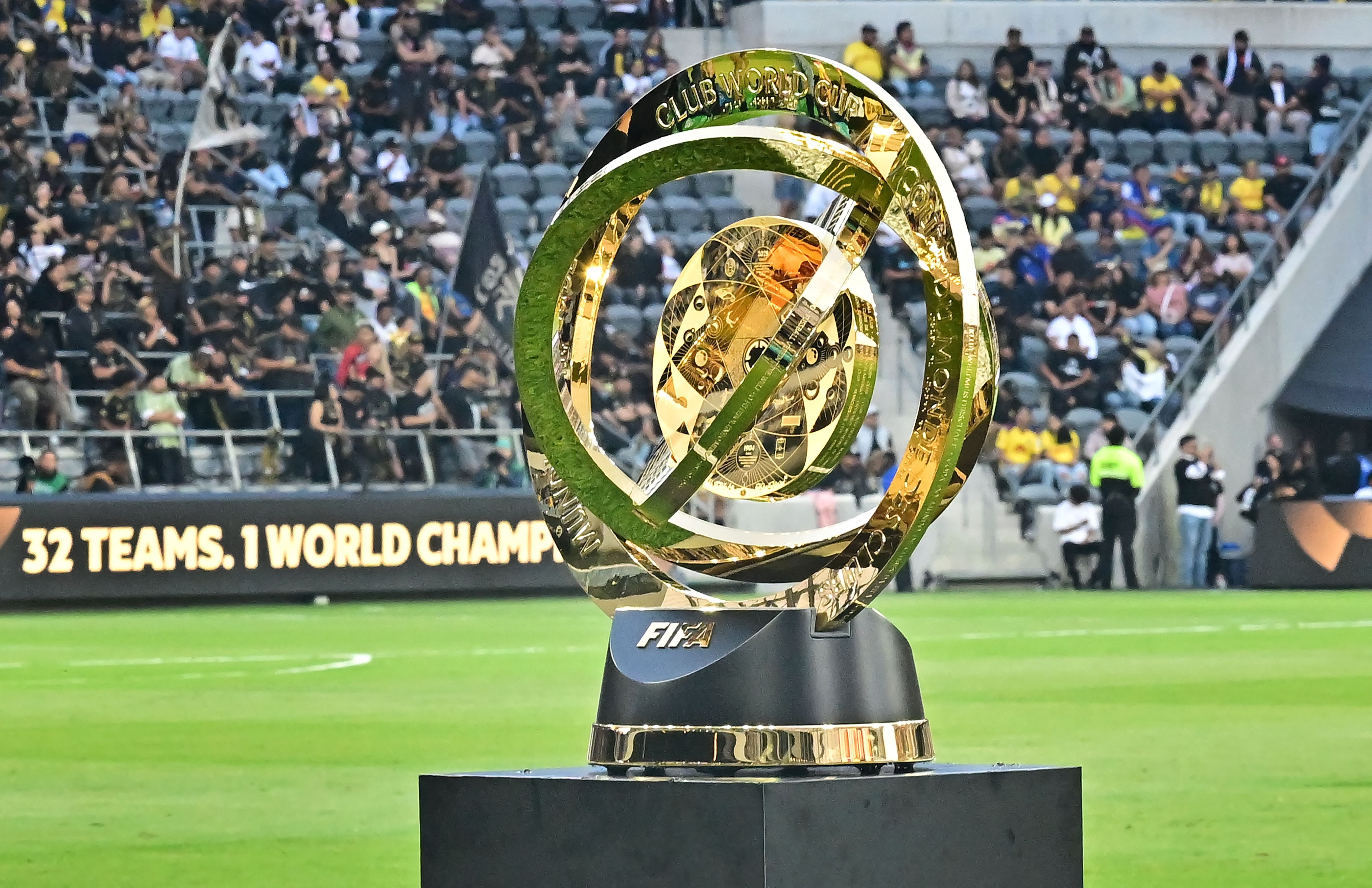By Ivo Adamu
Over the last thirty years, the FIFA World Cup has been more than a tournament it has been the heartbeat of nations, the crucible of legends, and the ultimate test of footballing greatness. But which countries have truly dominated the world stage since 1994?
At Euro USA, we’ve examined every major tournament, trophy, and trend to bring you the definitive ranking of the top five footballing nations over the past three decades. This list goes beyond hype. It’s based on performance, consistency, and global influence. You might agree, or you might fiercely debate it. Either way, here are the footballing giants who shaped modern football.
1. Brazil – The Global Gold Standard
Trophies & Triumphs:
World Cup: 2002
Copa América: 2004, 2007, 2019
Why They Top the List: Brazil is football royalty. No nation combines style, swagger, and substance quite like the Seleção. Their iconic 2002 World Cup triumph, led by Ronaldo, Rivaldo, Ronaldinho, and Cafu, was the pinnacle of expressive football. Since then, they’ve consistently reached the knockout rounds, reminding the world why Brazil remains the gold standard.
Influence: Beyond silverware, Brazil continues to produce global superstars and inspire generations. From Neymar to Vinicius Junior., the legacy lives on. Even their setbacks like the 7–1 loss to Germany in 2014become part of football folklore.
Summary: Though they haven’t lifted the World Cup since 2002, no country commands more respect, more fear, or more love on the pitch than Brazil.
2. Germany – Precision Engineered for Greatness
Trophies & Triumphs:
World Cup: 2014
Why They’re Ranked Second: Germany were the model of efficiency and excellence from the late 1990s through the 2010s. Their 2014 World Cup victory, highlighted by the brutal 7–1 semifinal against Brazil, was the peak of a long-term development strategy.
Consistency: They reached the World Cup final in 2002 and the semifinals in 2006 and 2010, showcasing tactical evolution and squad depth. Even with group-stage collapses in 2018 and 2022, their overall consistency over three decades secures their spot.
Summary: Germany is proof that football isn’t just about flair it’s about systems, planning, and execution. Their trophy cabinet and track record speak volumes.
3. France – The Powerhouse of the Present
Trophies & Triumphs:
World Cup: 1998, 2018
Euro: 2000, 2024
Why France Stands Tall: Few nations have transformed as dramatically as France. From Zidane’s golden generation in 1998 to modern magic, Les Bleus have built a dynasty. The 2018 World Cup win and the epic 2022 final appearance showcased their ability to mix youth, pace, and power.
Peaks & Valleys: Yes, they had stumbles early exits in 2002 and 2010 but their resurgence has been breathtaking. With back-to-back major final appearances and a Euro 2024 triumph, France may be entering another golden era.
Summary: When France are firing, no team is more complete. They’re the face of contemporary dominance.
4. Argentina – From Heartbreak to Glory
Trophies & Triumphs:
World Cup: 2022
Copa América: 2021, 2024
Why They Rank Fourth: Argentina’s journey has been emotional and electrifying. For decades, they played beautiful football but often fell short. The 2014 final loss felt like a pattern. Then came Messi’s redemption arc.
Recent Dominance: With back-to-back Copa Américas and the 2022 World Cup win, Argentina went from nearly-men to football kings. A new generation is now rising with confidence and swagger.
Legacy: Their 2022 victory wasn’t just a win it was a restoration of pride, identity, and global competitiveness for South American football.
Summary: From Maradona to L. Messi , Argentina’s magic has always mesmerized. Now, they finally have the trophies to match.
5. Spain – The Tactical Revolutionaries
Trophies & Triumphs:
World Cup: 2010
Euro: 2008, 2012
Nations League: 2023
Why They Make the Five: Between 2008 and 2012, Spain weren’t just winning. They were rewriting the playbook. Their tika-taka style, anchored by Xavi, Iniesta, and Busquets, changed how the world approached midfield dominance.
Downturn & Return: After early exits post-2012, they fell off the top tier—but a 2023 Nations League win and a fresh crop of talent (like Pedri and Lamine Yamal) suggest a revival.
Summary: Spain’s influence extended far beyond trophies. They reshaped football philosophy itself.
Euro USA’s Official Top Five Rankings (1994–2024):
- Brazil
- Germany
- France
- Argentina
- Spain
Who Just Missed the Cut?
Italy: World Cup 2006 and Euro 2020 winners, but failed to qualify for 2018 and 2022 World Cups.
Portugal: Euro 2016 champs, but lacked World Cup success.
Netherlands: Reached two World Cup finals (1998, 2010), but never won.
Belgium: Golden generation thrilled fans but left empty-handed.
The Power Balance: Europe vs. South America
Europe has won 6 of the last 8 World Cups. Yet, Brazil and Argentina ensure South America isn’t just surviving—they’re still thriving. This balance of power is what keeps the global game compelling.
South America produces emotion. Europe delivers structure. Together, they keep football unpredictable—and unforgettable.
Subscribe to our newsletter for more exclusive soccer stories, match breakdowns, and rising star features from around the world.
 CONCACAF Nations League
CONCACAF Nations League

 FIFA Club World Cup
FIFA Club World Cup

 UEFA Nations League
UEFA Nations League

 Super Cup
Super Cup

 Community Shield
Community Shield










